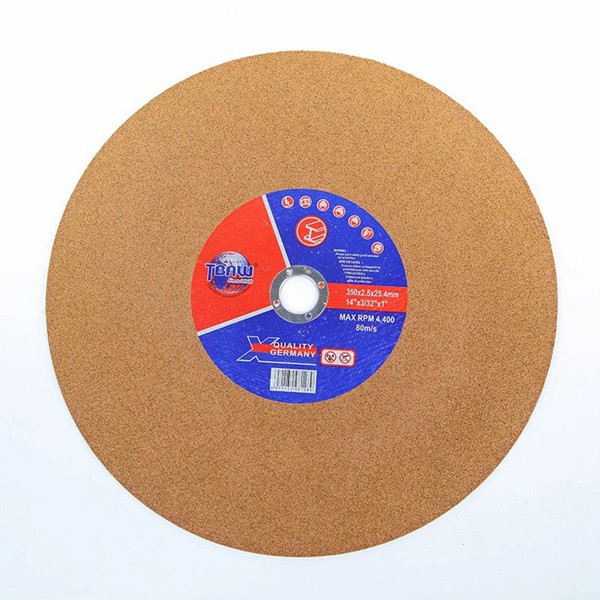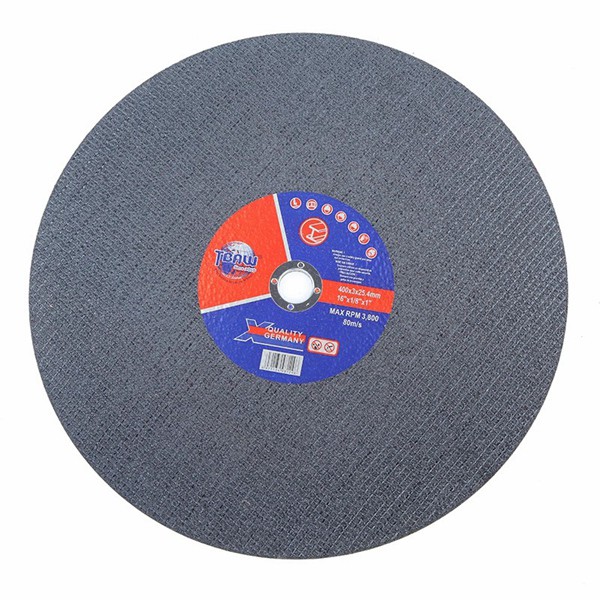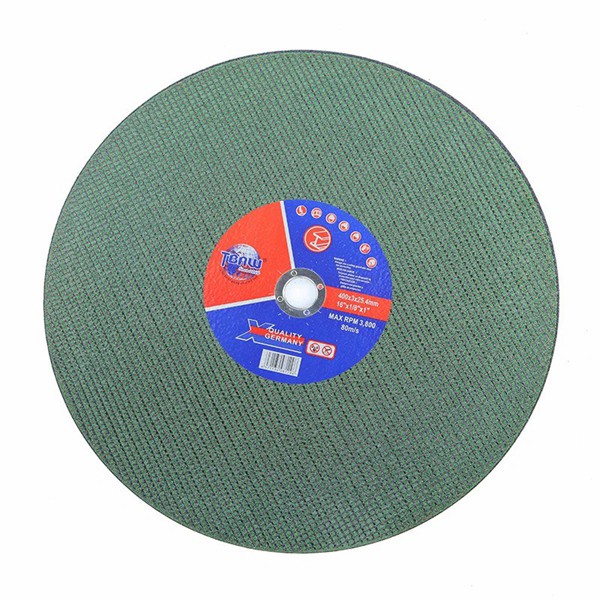Hot Sale China Factory Metal Power Tools Disc 180X6X22mm China Disc for Green Silicon Carbide
Product description
In order to ensure the normal use of grinding wheels and extend their service life, regular maintenance and upkeep are required. This includes checking the wear of the grinding wheel and promptly replacing severely worn grinding wheels; Clean the surface of the grinding wheel before use to remove oil and impurities; Ensure the concentricity between the grinding wheel and the spindle when installing the grinding wheel; Control grinding pressure and speed during use.

In industrial production, grinding wheels are widely used in processes such as metal processing, cutting, grinding, and polishing. It cuts and grinds the surface of the workpiece through high-speed rotating abrasive particles, removing materials from the workpiece surface and improving the accuracy, smoothness, and aesthetics of the workpiece.

Types of grinding wheels
Classified by abrasive: alumina grinding wheel, silicon carbide grinding wheel, boron nitride grinding wheel, etc.
Classified by binder: ceramic grinding wheels, resin grinding wheels, rubber grinding wheels, etc.
Classified by shape: flat grinding wheel, cup grinding wheel, disc grinding wheel, etc.
Classified by purpose: ordinary grinding wheels, superhard grinding wheels, cutting grinding wheels, etc.

A grinding wheel is a porous and easily worn solid grinding tool composed of abrasives, binders, and pores. Its shape is usually circular and it is installed on grinding equipment such as grinders for high-speed rotation. Abrasives are the main component of grinding wheels, and common abrasives include alumina, silicon carbide, boron nitride, etc. They determine the hardness, wear resistance, and grinding efficiency of the grinding wheel. Binders tightly bond abrasives together, commonly used binders include ceramics, resins, etc. Pores help to dissipate heat and remove debris during the grinding process.


Recommended products




